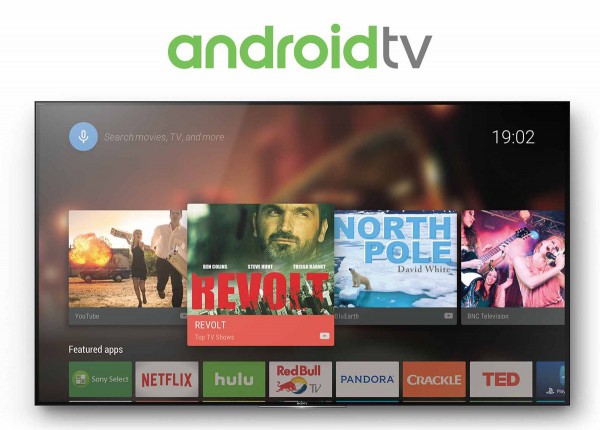
Happy Tuesday! Also, your TV is vulnerable as shit, apparently. We’ve known for some time that a lot of connected products like IoT devices are susceptible to outside attacks, but I never quite thought smart TVs would make that list in such a big way. Here is Catalin Cimpanu from Bleeping Computer:
Scheel says that “about 90% of the TVs sold in the last years are potential victims of similar attacks,” highlighting a major flaw in the infrastructure surrounding smart TVs all over the globe.
At the center of Scheel’s attack is Hybrid Broadcast Broadband TV (HbbTV), an industry standard supported by most cable providers and smart TV makers that “harmonizes” classic broadcast, IPTV, and broadband delivery systems. TV transmission signal technologies like DVB-T, DVB-C, or IPTV all support HbbTV.
Scheel says that anyone can set up a custom DVB-T transmitter with equipment priced between $50-$150, and start broadcasting a DVB-T signal.
By design, any nearby TV will connect to the stronger signal. Since cable providers send their signals from tens or hundreds of miles away, attacks using rogue DVB-T signals could be mounted on nearby houses, a neighborhood, or small city. Furthermore, an attack could be carried out by mounting the DVB-T transmitter on a drone, targeting a specific room in a building, or flying over an entire city.
The fact that the price of entry into creating such a device is so inexpensive shouldn’t be all surprising. Despite the fact that it’s cliche, all it really takes to “hack” something is indeed often just a computer. In this case, it takes a bit more as a device is needed to be built in order to transmit the signal but all in all, an inexpensive hack. So once built, what can the hack do? A lot, it seems.











 As more and more people start to watch shows via streaming services, the more important the hardware we use becomes. This notion becomes even more critical for home theater and tech geeks who are finding themselves drawn more and more to Netflix who is leading the good fight for providing 4K, HDR, and now Dolby Vision HDR content, something that physical media and traditional TV simply cannot match. Now just because Netflix offers it doesn’t mean your TV will be capable of playing it, or playing it in an optimal way. Enter the Netflix Recommended TVs guide, a list provided once a year to help consumers make a better decision when buying their next TV set.
As more and more people start to watch shows via streaming services, the more important the hardware we use becomes. This notion becomes even more critical for home theater and tech geeks who are finding themselves drawn more and more to Netflix who is leading the good fight for providing 4K, HDR, and now Dolby Vision HDR content, something that physical media and traditional TV simply cannot match. Now just because Netflix offers it doesn’t mean your TV will be capable of playing it, or playing it in an optimal way. Enter the Netflix Recommended TVs guide, a list provided once a year to help consumers make a better decision when buying their next TV set.


You must be logged in to post a comment.